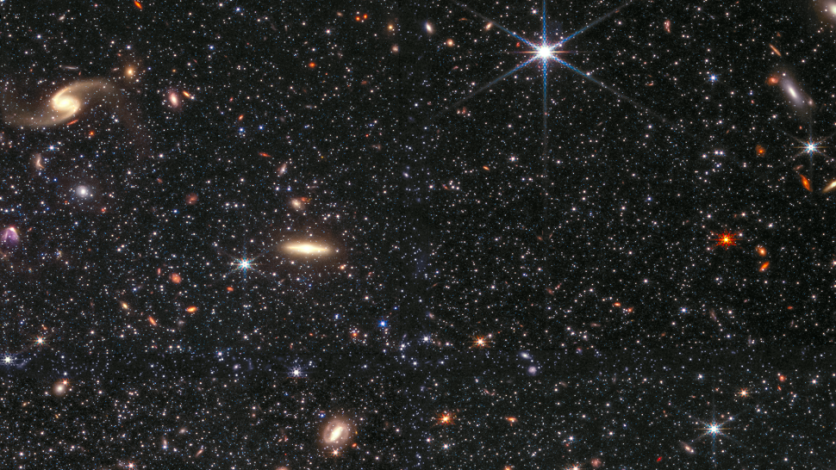The most powerful space telescope in the world has captured a lonely dwarf galaxy in all its infrared and sparkling glory - proving its endless potential in sharpening faint stars outside the Milky Way Galaxy.
The isolated galaxy is called Wolf - Lundmark - Melotte (WLM), and it hails 3 million light-years away from the Milky Way. It is also considered one of the most distant members of our local galaxy group, according to NASA.
NASA's newly-minted James Webb Space Telescope zoomed in on this isolated object, shedding light on its remote stars and potentially uncovering signs of the early universe.

Resolved Stellar Populations
Webb's Early Science Program (ERS) was dedicated on resolved stellar populations. These are massive clusters of stars, including those that shine in the WLM dwarf galaxy, near enough for Webb to distinguish between individual stars but also remote enough to snap many stars.
Kristen McQuinn of Rutgers University, one of the lead scientists of ERS, claims that WLM has not interacted with other systems, making it great for verifying galaxy creation and evolution theories.
She noted that it is more difficult to investigate other nearby galaxies because they are entangled and interwoven with the Milky Way.
The gas that makes up WLM is similar to the gas that formed galaxies in the early universe, which is another intriguing and significant feature of the object.
McQuinn said the galaxy is not so rich in chemicals because it lacks elements heavier than hydrogen and helium.
This is due to the fact that the galaxy has lost a lot of these elements through what astronomers refer to as galactic winds. While WLM has been creating stars recently - throughout cosmic time - and those stars have been manufacturing new elements, part of the material is ejected from the galaxy when the giant stars burst, McQuinn, explained.
This is because low-mass galaxies like WLM can have material pushed out of them by strong supernovae.
Read also : NASA's Hubble Space Telescope Captures a Bright Star Hours After its Supernova Explosion
Uncovering the Ancient Cosmos
This makes WLM fascinating because it allows astronomers to investigate how stars form and develop in tiny galaxies like those in the ancient cosmos.
"We can see a myriad of individual stars of different colors, sizes, temperatures, ages, and stages of evolution; interesting clouds of nebular gas within the galaxy; foreground stars with Webb's diffraction spikes; and background galaxies with neat features like tidal tails. It's really a gorgeous image," McQuinn said in a statement with NASA.
Reconstructing the galaxy's star formation history is the primary scientific goal of the ERS. Given that low-mass stars can last for billions of years, some of the stars in WLM that are visible now formed in the early cosmos.
Astronomers can learn more about what happened in the very distant past by determining the characteristics of these low-mass stars, such as their ages.
Related Article : NASA's James Webb Space Telescope Reveals Never-Before-Seen Details of the Early Universe
This article is owned by Tech Times
Written by Jace Dela Cruz
ⓒ 2025 TECHTIMES.com All rights reserved. Do not reproduce without permission.




